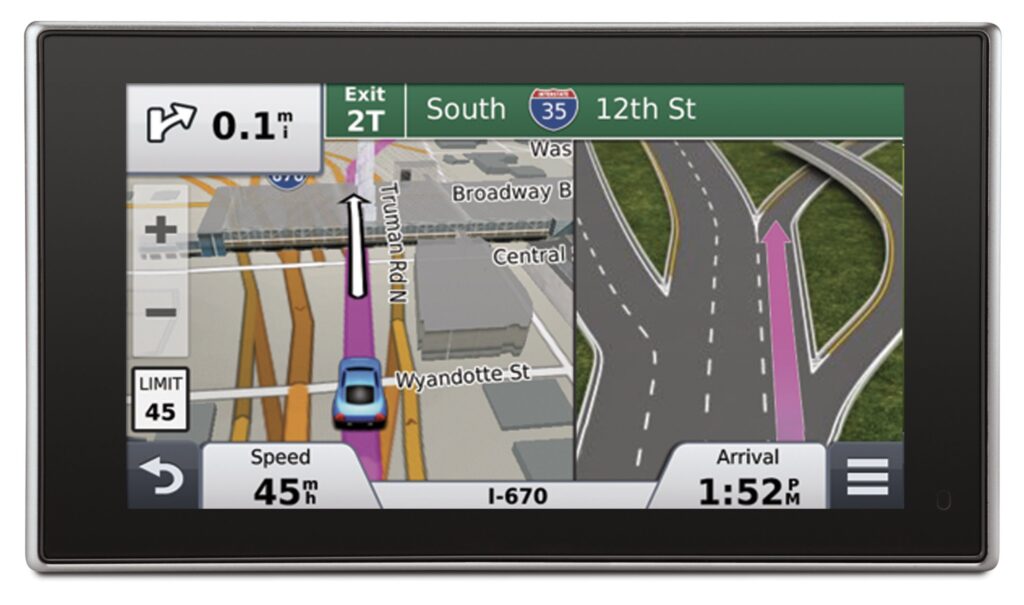Navigation tools like maps and GPS are crucial for travelers in unfamiliar cities. Maps provide a visual representation of the surroundings, while GPS offers real-time tracking and directions. Tips for using maps include studying them before heading out, marking key locations, and keeping them handy. GPS tips include ensuring a strong signal and inputting the correct destination address. Combining maps and GPS enhances navigation by providing visual guidance and real-time tracking. With these tools, travelers can confidently explore new cities, discover new places, and maximize their travel experiences. Mastering the use of maps and GPS makes navigating unfamiliar cities easier and more convenient than ever.
From A to B: Navigating Unfamiliar Cities with Maps and GPS
The Importance of Navigation Tools
Navigation tools such as maps and GPS have become essential for travelers exploring unfamiliar cities. With the help of these tools, travelers can easily find their way around, discover new places, and ensure they reach their destinations on time.
Using Maps for Navigation
Maps have been a reliable navigation tool for centuries, providing travelers with a visual representation of their surroundings. Whether it’s a traditional paper map or a digital map on a smartphone, maps offer a clear overview of streets, landmarks, and points of interest.
When using a map for navigation, it’s important to familiarize yourself with key features such as street names, landmarks, and symbols. By understanding how to read a map effectively, travelers can navigate unfamiliar cities with ease and confidence.
Tips for Using Maps:
- Study the map before heading out to get a sense of direction.
- Mark important locations such as your hotel or landmarks you want to visit.
- Keep the map handy for quick reference while exploring the city.
Benefits of GPS for Navigation
Global Positioning System (GPS) technology has revolutionized navigation, offering real-time location tracking and turn-by-turn directions. With a GPS device or smartphone app, travelers can easily navigate unfamiliar cities with voice-guided instructions and accurate maps.
GPS provides valuable information such as estimated arrival time, traffic updates, and alternative routes. This real-time data helps travelers make informed decisions and avoid getting lost in unfamiliar surroundings.
Tips for Using GPS:
- Ensure your GPS device or smartphone has a strong signal for accurate navigation.
- Input your destination address correctly to receive precise directions.
- Regularly check for updates to ensure you have the latest map data and features.
Combining Maps and GPS for Optimal Navigation
While maps and GPS are powerful navigation tools on their own, combining them can enhance the overall navigation experience. By using both tools simultaneously, travelers can benefit from the visual guidance of maps and the real-time tracking of GPS.
For example, travelers can first study a map to plan their route and identify key landmarks, then switch to GPS for precise turn-by-turn directions. This combination allows for a comprehensive navigation strategy that minimizes the risk of getting lost and maximizes the efficiency of reaching your destination.
Final Thoughts
Whether you prefer traditional maps or modern GPS technology, navigating unfamiliar cities is now easier and more convenient than ever. By mastering the use of maps and GPS, travelers can confidently explore new destinations, uncover hidden gems, and make the most of their travel experiences.
